
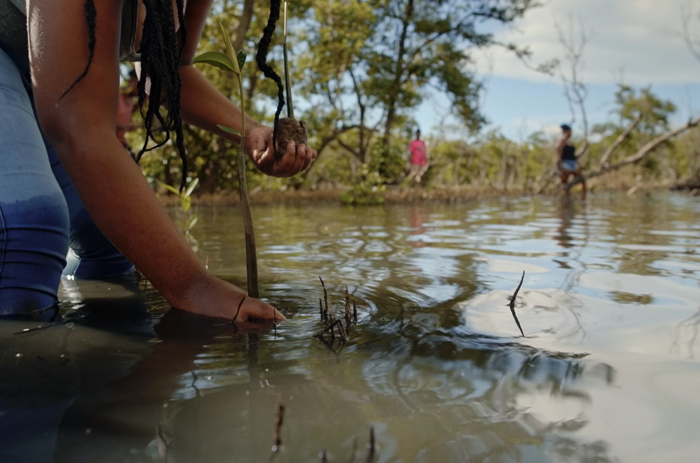
With 200,000 new mangrove seedlings, the Grupo Argos Foundation promotes the conservation of this key ecosystem in Bolívar, Sucre and Atlántico
26 July 2022- This project is strengthening four community nurseries that represent an alternative income for the communities, generating 184 direct jobs.
- The planting of this batch of seedlings is being carried out in the Bocacerrada corregimiento, San Onofre, in Sucre, on the Island of Barú, Bolívar and in the Mallorquín swamp, in Atlántico.
- The plantings are carried out within the framework of the Grupo Argos Foundation’s Sembrando Futuro program, which seeks to contribute to the conservation and recovery of the mangrove, improve fishing processes in the area, generate coastal buffer areas and capture blue carbon.
- Since 2019, the Grupo Argos Foundation has planted more than 290,000 mangrove seedlings in these two areas, which has allowed the restoration of more than 50 hectares of this ecosystem.
The Grupo Argos Foundation will plant 200,000 new mangrove seedlings in Sucre, Bolívar and Atlántico, which will involve the restoration of an additional 41 hectares of this ecosystem, improve fishing processes in the area, generate coastal buffer areas and contribute to blue carbon sequestration. This project contemplates the linking of local communities through environmental education workshops and the strengthening of four community nurseries and several local associations that provide an alternative income for the communities and the generation of 184 jobs.
“In the last four years, the Grupo Argos Foundation has led this project with a high environmental and social impact. The planting of these 200,000 seedlings are great news for the recovery of an ecosystem that plays a fundamental role in mitigating the effects of climate change, conserving water and the quality of life of the coastal communities of the country with the strengthening of seven local fishermen’s associations”.
María Camila Villegas – Operations Director Grupo Argos Foundation
The mangrove ecosystem is capable of storing up to 10 times more carbon than the same area of a terrestrial forest. To date, the Grupo Argos Foundation has planted 290,000 seedlings that have allowed the restoration of more than 50 hectares of mangroves.
Mas noticias
-
 Employer Brand
Employer Brand -
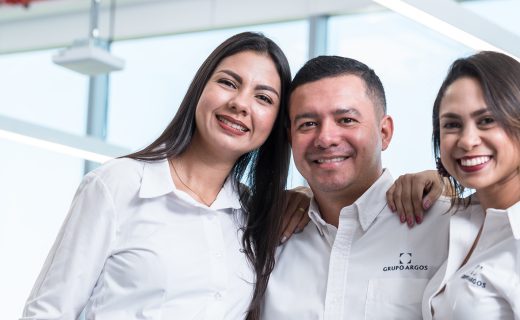 Talent
TalentOver 2,800 Employees Trained in Diversity and 57% Female Representation on the Board of Directors: Grupo Argos Advances Its Equity and Inclusion Strategy
15 April 2025 Read more -
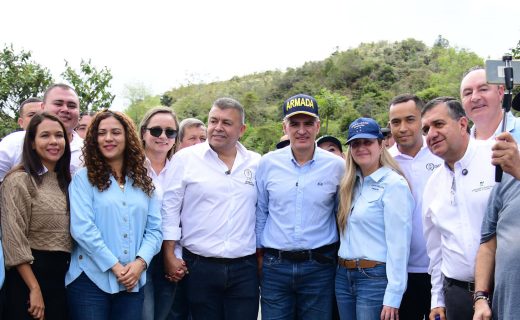 Creamos Valor Social
Creamos Valor SocialMore than 25,000 people will benefit from the improvement of the Alto de la Quiebra – Santo Domingo road, developed through the Works for Taxes mechanism
9 April 2025 Read more -
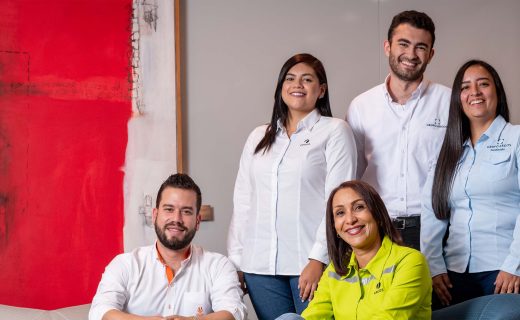 Talent
TalentAccess to postgraduate programs: one of the talent development benefits that more than 200 Grupo Argos employees have used in recent years
8 April 2025 Read more -
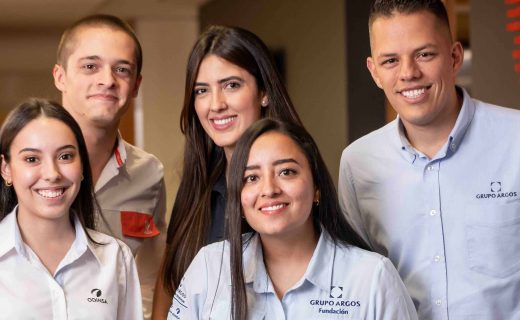 Employer Brand
Employer BrandMore than 1,800 employees from Grupo Argos companies went through internal mobility processes during 2024, with 27% of them being promotions
3 April 2025 Read more
